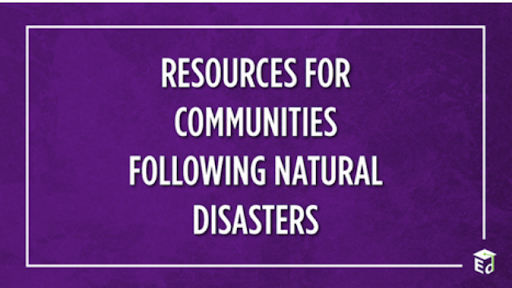DeVos sent Trump a letter of resignation dated January 7, 2021, telling the then-president, “There is no mistaking the impact your rhetoric had on the situation, and it is the inflection point for me. Impressionable children are watching all of this, and they are learning from us.”
DeVos told Trump her decision to resign was “in support of the oath I took to our Constitution, our people, and our freedoms.”
On January 6, after Trump encouraged his supporters to march to the Capitol to fight the counting of electoral votes that would declare Joe Biden the winner of the 2020 presidential election, he sat and watched television as an armed mob violently attacked police officers and threatened the lives of Members of Congress and Trump’s own vice president, Mike Pence — who, like DeVos, has grounded his conservatism in a deep Christian faith. For hours, Trump repeatedly ignored the pleas of his staff to call off the rioters.
Now, while Pence has refused to support Trump’s 2024 election bid, DeVos has sent cash to help Trump become president again.
And it’s not as if Trump subsequently was revealed to be a Sunday school teacher.
Since leaving office, Trump has been impeached and indicted for encouraging the January 6 attack on our democracy and Constitution, for other efforts to cheat in the 2020 election, and for stealing classified documents from the White House. He was convicted in New York over the summer of 34 felonies for falsifying business records to hide his misconduct from voters in the 2016 election.
Trump’s central business enterprise, the Trump Organization, was in January 2023 fined $1.6 million by a New York state court after the company was convicted by a jury of 17 criminal felonies, including tax fraud and falsifying business records. Trump himself was found liable in February 2024 by a New York state judge for civil fraud and was ordered to pay a $355 million penalty.
And in May 2023, a New York federal jury in a civil case ordered Trump to pay E. Jean Carroll $5 million for battery and defamation after it found that Trump sexually abused Carroll in a department store dressing room in 1996.
But DeVos’s own version of morality makes her conversion back to Trumpism less than surprising.
As Trump’s Secretary of Education, DeVos hired as her top higher education advisors former executives of predatory for-profit colleges, and she trashed almost all the work done by the Obama administration to protect students against deceptive, over-priced schools. Instead of holding predatory colleges accountable, DeVos mocked broke students ripped off by these schools as people demanding “free money.”
DeVos as secretary also repeatedly attacked and demeaned public schools and criticized her own cabinet Department.
In August, DeVos appeared to revisit her view of Donald Trump, telling The Detroit News she was willing to join a new Trump administration “if it was with the goal of phasing out the Department of Education….”
DeVos and her husband’s wealthy family, which made its fortune through the troubling multi-level marketing company Amway, have been major donors to Republican candidates and right wing causes for decades. Two of DeVos’s brothers-in-law, and their two wives, gave $250,000 each to the Musk PAC.













